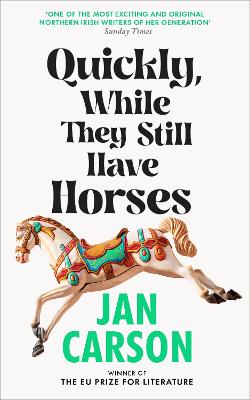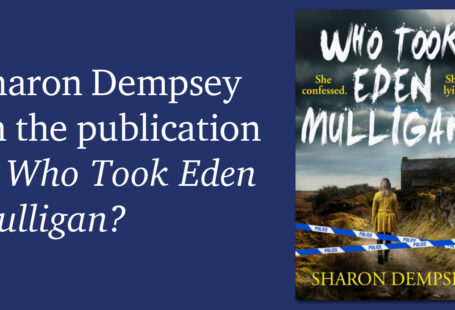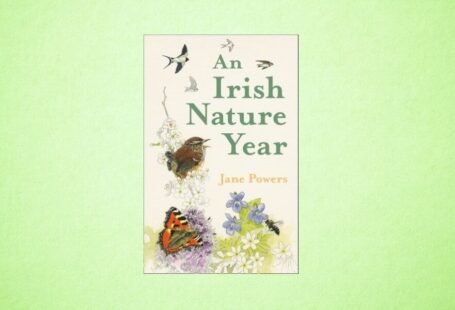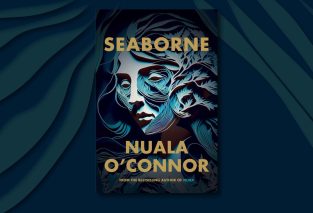I’m not sure if this anecdote is true or not but a fellow Irish writer once told me that Chekhov would prepare to pen a new short story by writing a separate short story about each of his characters. This method sounds very labour intensive and a bit of a head melt, like the literary version of a Russian doll. Chekhov was nothing if not an overachiever. I have never really been a fan. Is there a more shameful confession for a short story writer to make? Yet when I came to write my last novel The Raptures, Chekhov’s purported method felt oddly appealing. I was writing a novel where eleven young children died. I faced a huge challenge: creating multiple very similar characters who felt distinctive and memorable. And so, before writing a single word of The Raptures, I took a deep dive into short stories. I spent six months writing little, and not so little, vignettes about the eleven Dead Kids who’d come to populate my fictional village, Ballylack.
Most of these background stories were little more than means to an end. They didn’t work as short stories but -hats off to Mr Chekhov- when it came to writing the novel, I felt like I knew the Dead Kids so well they wrote themselves into the plot. The short stories from the summer before The Raptures were my route into Ballylack. I also had a lot of fun writing them. Some stuck in my head long after the novel was published. When it came to pulling together a new collection it felt natural to include these stories in Quickly, While They Still Have Horses. They form a rural counterpart to the more urban, Belfast-based stories running through the book. As such they reflect my own background: a rural childhood and a more urban experience as a grown up.

The more eagle-eyed of you might spot a little of Ballylack in Tinged, Grand So, Caravan and Victor Soda; four of my favourite stories in Quickly. I’m often asked if there’s a particular character in one of my books, whom I’d like to have spent more time with. The answer’s yes. I have quite a few favourites. In this collection I’ve resurrected a number of them, changed a few key details and recycled their existential angst. All characters exist on two levels: the periphery details and emotional core. I’ve always felt it’s the core which forms the true essence of a character and, fortunately enough for me, a character’s core can be moved from one host to another like a sort of literary organ transplant.
Reading back over the characters resurrected here I’ve come to a somewhat worrying realisation. The four children re-appearing in these stories are the ones most closely resembling myself. I don’t know what this says about my writing process. Am I my characters or are they me? It’s a Russian doll of a question. I suspect Chekhov would have much to say about this.
You can now shop this on dubraybooks.ie.






Recent Comments